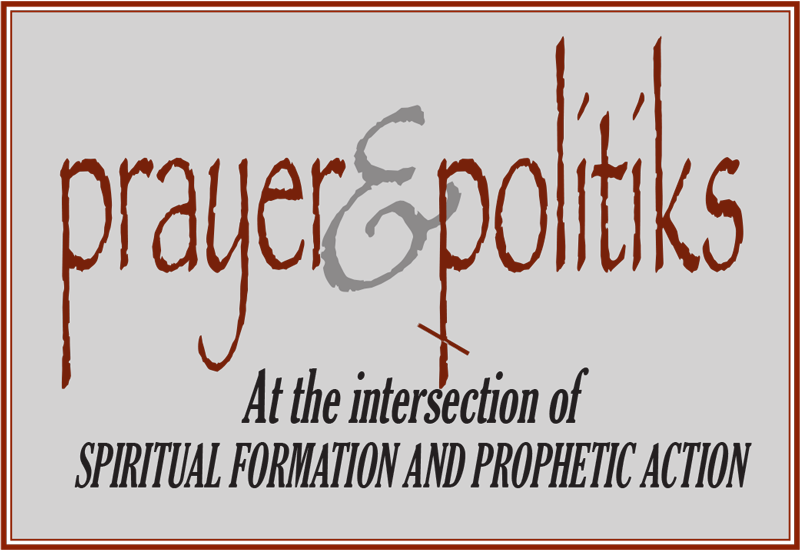The book of Revelation in the Christian canon, interpreted literally, has resulted in bizarre scenarios and fanciful prediction tables. Conventional interpretation saw it written when the early church was suffering great persecution. But historical analyses find no evidence for a widespread persecution of Christians in first-century Asia. “Evidence of both historical documents and the text of Revelation itself suggests that it was seduction by the Roman Empire from within a context of relative comfort that describes the original audience” (p. xxii). “Revelation is a call to have faith in G-d rather than the empire . . . and is a call to how the disciples were to live in the midst of empire’ (p. xxiii). “Revelation, like all the other biblical texts, was involved in a pitched battle over issues of spirit such as economics and politics” (p. xxiv). “The empire itself stood in contradiction to the ways of G-d” (p xxvii). “Revelation casts a critical eye on Rome’s economic exploitation, its politics of seduction, its violence and its arrogance” (p. 116). “It was a reminder to the followers of Jesus of the commitment they had made at their baptism” (p. 117). “The futurist preoccupation with Revelation ignores the verb tenses referring not to a sequential future but to the always co-present other reality in which G-d and the Lamb have already conquered empire” (p 124). Heaven and earth have the same postal code but represent differing perspectives. “When the lies and injustices of empire are given currency, there is earth. Whenever the truth of G-d is believed and practiced, there is heaven” (p 128).
A powerful treatment of the early church’s faith in the face of empire, and a call to that same faith to us.
Vern Ratzlaff is a pastor and professor of historical theology at Lutheran Theological Seminary in Saskatoon, Saskatchewan, Canada.
Read more ›
